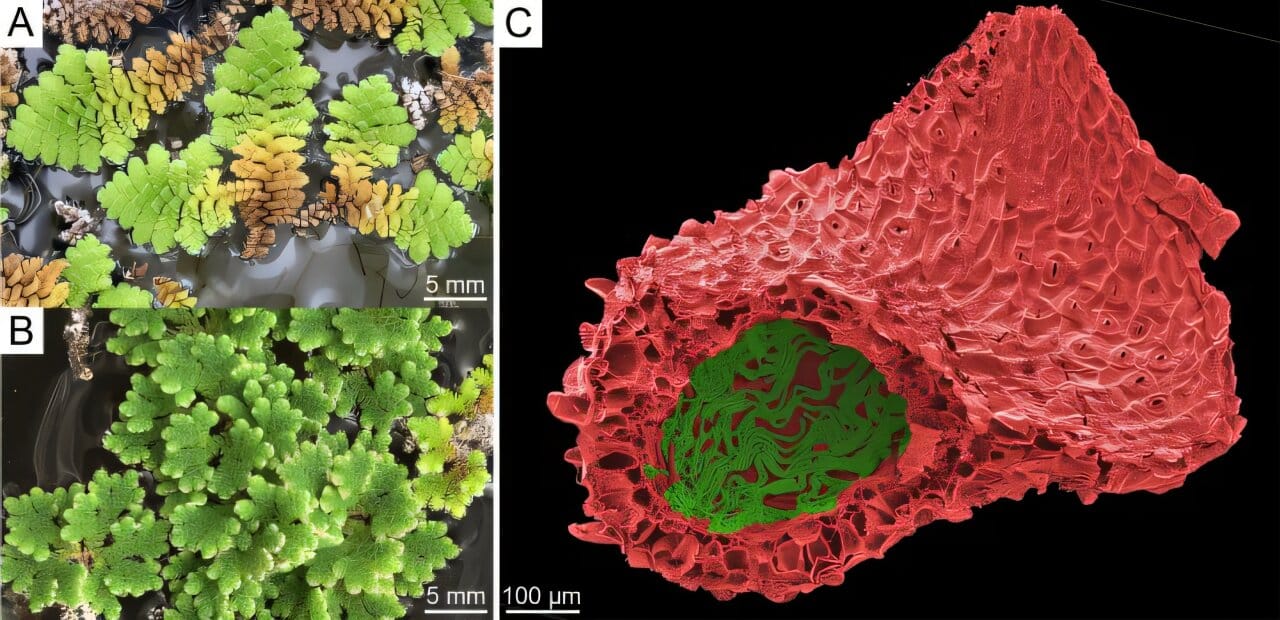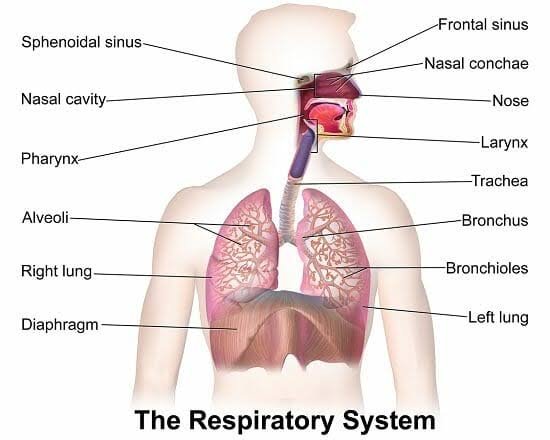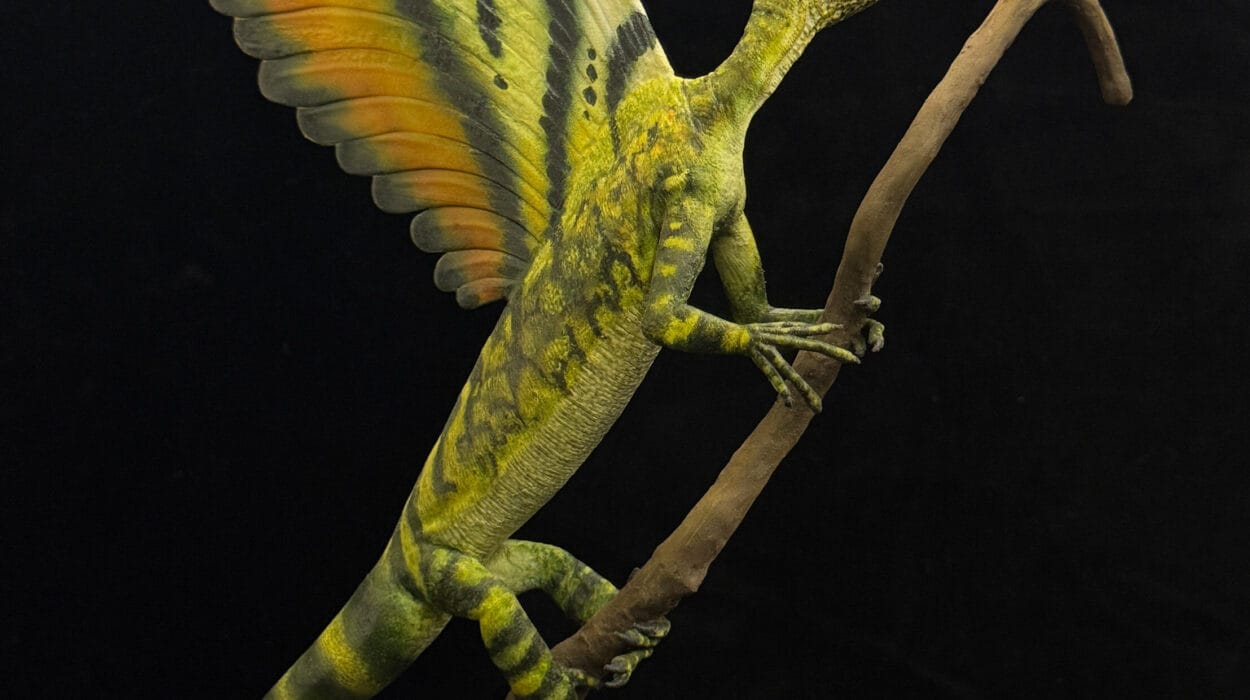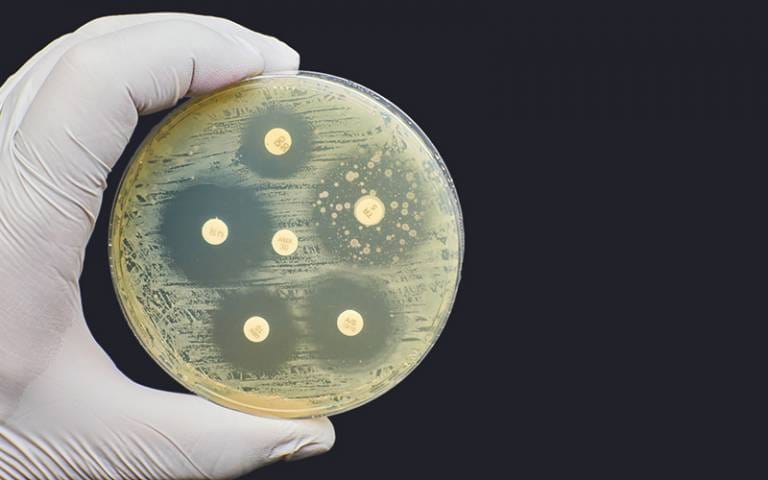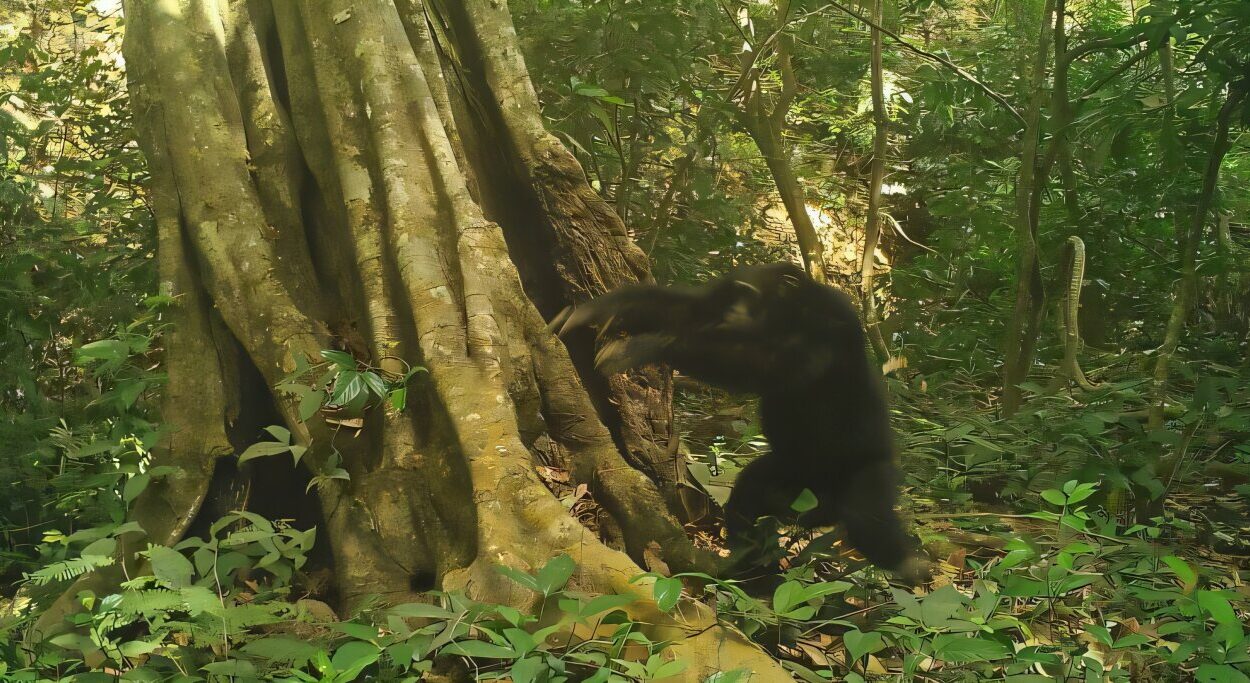All around the world, floating quietly on ponds and rice paddies, lies a small but remarkable plant: the Azolla fern. To the casual eye, Azolla looks like nothing more than a green carpet resting on water. But within its delicate leaves lies an astonishing story of partnership, survival, and potential solutions for some of humanity’s greatest challenges.
Like many plants, Azolla doesn’t live alone. It carries with it an intimate community of microbes that help it thrive. This hidden relationship—plants and microbes working together in harmony—holds secrets that could transform the way we think about food, ecosystems, and even the climate.
Why Azolla Matters
Azolla grows fast. Really fast. It spreads across ponds and waterways in sheets of bright green, reproducing so quickly that farmers have long considered it both a blessing and a challenge. But what makes Azolla truly extraordinary is not just its speed, but its ability to fix nitrogen—thanks to its microbial partners.
Nitrogen is essential for life, yet most plants cannot pull it directly from the air. Instead, they rely on microbes to transform atmospheric nitrogen into usable forms. In Azolla’s case, the heavy lifting is done by cyanobacteria living inside its leaves. Together, this partnership creates a natural fertilizer. For centuries, Azolla has been used as “green manure” in rice paddies, enriching soils and reducing the need for chemical fertilizers. It is also rich in protein, making it a potential food source for livestock.
And Azolla’s influence stretches even further. Fossil records suggest that massive blooms of Azolla may have once helped cool the Earth’s climate about 50 million years ago by drawing down atmospheric carbon dioxide. Today, as we search for solutions to rising CO₂ levels, Azolla once again attracts attention—not only as a farmer’s helper but as a potential ally in climate stability.
Peering Into the Leaf Pockets
To unlock Azolla’s secrets, researchers at the Okinawa Institute of Science and Technology (OIST) recently investigated the microbial world hidden inside the fern’s leaves. These leaves contain special hollow chambers called “leaf pockets,” tiny sanctuaries where microbes reside. The central question was simple yet profound: which microbes truly belong there, and how do they shape Azolla’s success?
The researchers carefully sampled leaf pockets from several Azolla species and analyzed the DNA of the microscopic inhabitants. While earlier studies suggested a diversity of bacterial guests, this work confirmed that only one bacterium—the cyanobacterium Trichormus azollae—is a true symbiont. This single partner, present across all Azolla species, is the long-term resident responsible for nitrogen fixation. Other bacteria sometimes show up in the pockets, but they appear to be temporary visitors, not true partners in the fern’s evolutionary story.
When Genomes Decay in Safe Havens
Once the researchers identified T. azollae as Azolla’s core partner, they asked a deeper question: how has life inside the leaf pockets changed this microbe over evolutionary time?
By comparing the genome of symbiotic T. azollae with its free-living relatives, the team uncovered a surprising discovery. The symbiont’s genome is heavily decayed. In fact, up to half of its genes are either broken or missing altogether. Many of its once-essential survival tools—genes for stress responses, DNA repair, and defense—had been reduced to nonfunctional fragments known as pseudogenes.
This makes sense when seen through the lens of evolution. For a microbe living safely inside Azolla’s protective chambers, many of the dangers of the outside world vanish. Genes needed for defense or independence no longer carry strong evolutionary pressure. Mutations accumulate, and over time, the genetic machinery shuts down. What remains is a streamlined genome, tailored for a life of cooperation rather than self-sufficiency.
What Stays, What Goes
Yet not all genes decayed. Some became more vital than ever. The researchers found that genes related to sticking to the leaf pockets, moving nutrients, and fixing nitrogen were well-preserved and even more active compared to free-living relatives. These genetic investments show how T. azollae has specialized in serving its plant host.
It’s a powerful example of co-evolution: the plant provides shelter, and the microbe provides nutrition. Over millions of years, this partnership grew so tight that the bacterium can no longer survive alone, and the plant depends on it for its remarkable productivity.
Lessons for the Future of Food and Climate
Understanding Azolla’s symbiosis is not just a matter of curiosity—it has real-world implications. Nitrogen fertilizers are one of the largest costs and environmental challenges in modern agriculture. If scientists can learn how Azolla and T. azollae work together so effectively, they might engineer similar partnerships in staple crops like rice, wheat, or corn. Imagine fields of grain that fertilize themselves, reducing the need for chemicals that pollute rivers and emit greenhouse gases.
Beyond food, Azolla’s rapid growth and ability to draw down carbon suggest a role in ecosystem restoration and climate mitigation. Floating on the water’s surface, Azolla acts like a living sponge, capturing CO₂ and producing biomass that could be harvested for feed, fuel, or even soil restoration. Its story connects microscopic genes with planetary health.
A Blueprint from Nature
What emerges from this research is a blueprint—a guide for how plants and microbes can evolve into powerful, cooperative teams. By mapping which genes are essential for symbiosis, scientists now have targets to explore in engineering new plant-microbe relationships. The Azolla story shows what is possible when evolution knits two organisms so closely that their survival is intertwined.
As Professor David Armitage of OIST explains, Azolla represents “one of the most extreme and tight-knit partnerships” in the plant world. In that partnership, we find not only beauty and wonder but also hope: hope for sustainable farming, hope for innovative climate solutions, and hope for a deeper harmony with the natural world.
Closing Thoughts: Small Plant, Big Future
It is easy to overlook Azolla. It drifts quietly, often unnoticed, across ponds and paddies. Yet within its fragile leaves lies a partnership that may help us rethink how humanity grows food, balances ecosystems, and confronts climate change.
Azolla and its microbial partners remind us that some of the most powerful innovations are not new technologies, but old relationships that nature has been perfecting for millions of years. By learning from this tiny fern and its hidden companions, we may uncover tools to secure food, protect the planet, and live more sustainably on Earth.
More information: David W Armitage et al, Adaptive pangenomic remodeling in the Azolla cyanobiont amid a transient microbiome, The ISME Journal (2025). DOI: 10.1093/ismejo/wraf154
